Across Oregon, people are flooding back into historic downtowns. Younger generations are searching for an authentic experience in where they choose to live and work while retiring Oregonians are looking to downsize to vibrant centers with plenty of easily accessible options for shopping, dining, and recreation. Communities across the state are hoping to take advantage of this movement and many are taking steps to attract new residents and patrons.
Among these, the City of Pendleton is proactively working to capitalize on this widespread interest in downtown and recently invited Restore Oregon to participate in back-to-back workshops focused on the opportunities presented by often-vacant upper-story spaces in the heart of their historic Main Street. Under the leadership of Charles Denight, the Pendleton Development Commission invited property owners, developers, and civic leaders to learn from historic preservation consultants, the staff of Oregon Heritage, Restore Oregon, and others about the many options to fund and facilitate upper-story projects aimed at bringing new residents to the downtown core.
We invite you to follow along on a photo adventure from Restore Oregon’s action-packed trip to Eastern Oregon.
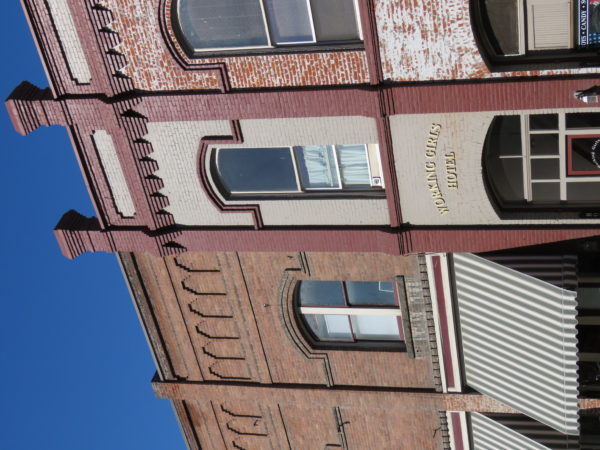
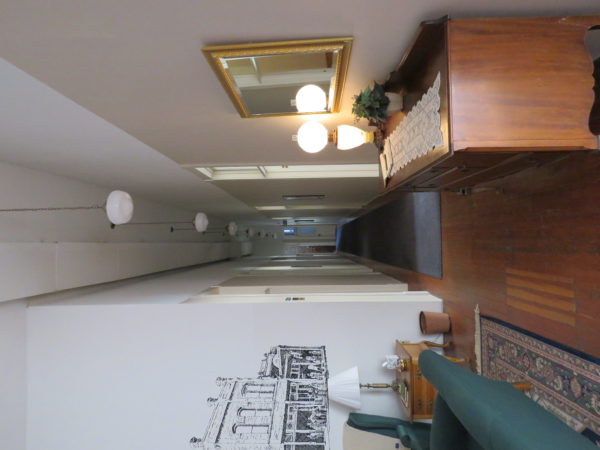
Preservation Programs Manager Dan Everhart was a guest at the Working Girls Hotel, a former brothel on Main Street and a rare Pendleton example of an upper-floor in use.
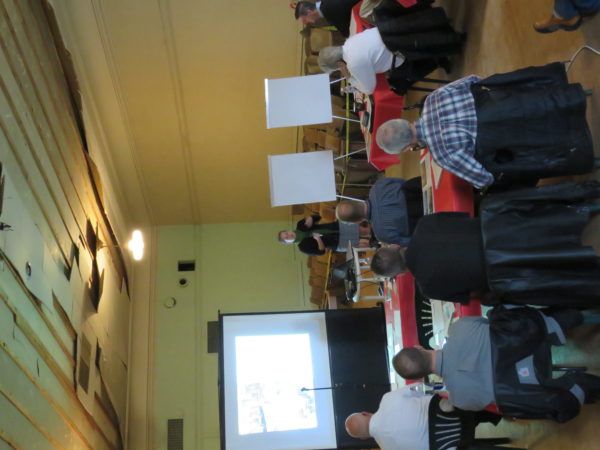

Workshop attendees met in the former Masonic Temple lodge hall above the Great Pacific Wine and Coffee Company where they learned about grants, local programs, and tax incentives from a series of speakers. Historic hardware remains intact along with other period details in the 1887 building.
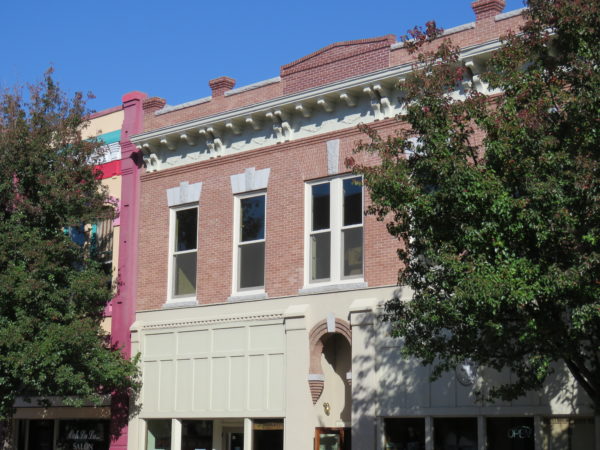
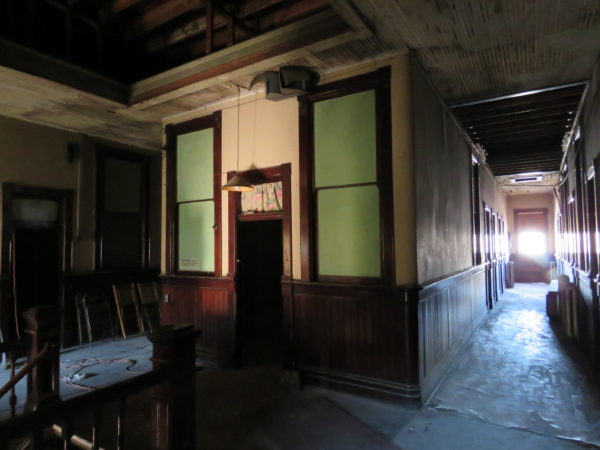
Participants toured additional upper floor spaces in two other buildings poised to take advantage of available funding options. The LaFontaine Building (1902) features an almost unaltered second floor with charming unpainted woodwork and original fenestration.
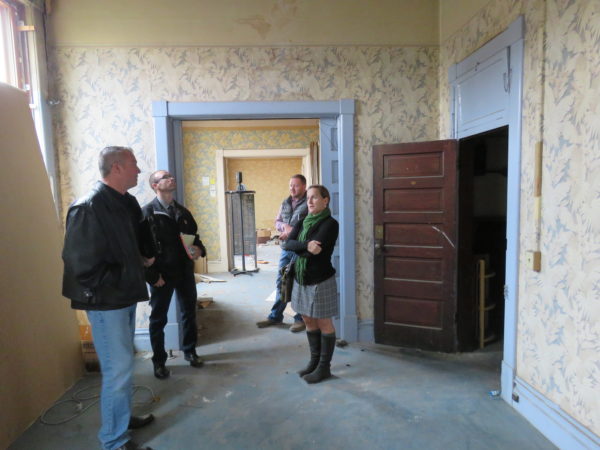
Historic preservation consultant Kerry Davis of Preservation Solutions discusses options and opportunities with tour goers in the LaFontaine.
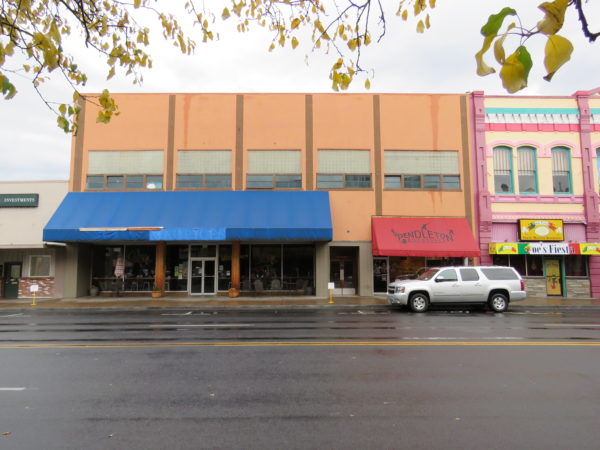
A couple doors down Main Street, the workshop toured the Bond Building. Built in approximately 1905, it was extensively altered on both the interior and exterior after the Second World War.

Joy Sears (center left), Special Assessment Tax Program and Restoration Specialist at Oregon Heritage elaborates on the possibilities inherent to the much-altered Bond Building.

Dale Mammen of LaGrande offered workshop participants a regional example of the viability of second story housing. After the event Restore Oregon toured his recently-completed project in downtown LaGrande. Built in approximately 1895, the Gardner Building was designed by local architect Calvin Thornton to a house drug store with offices on the upper floor.
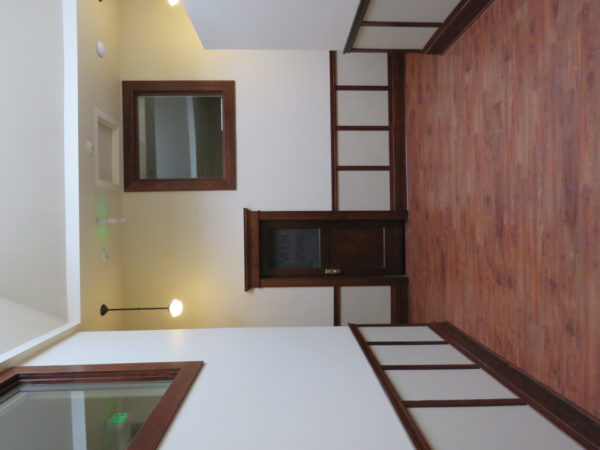
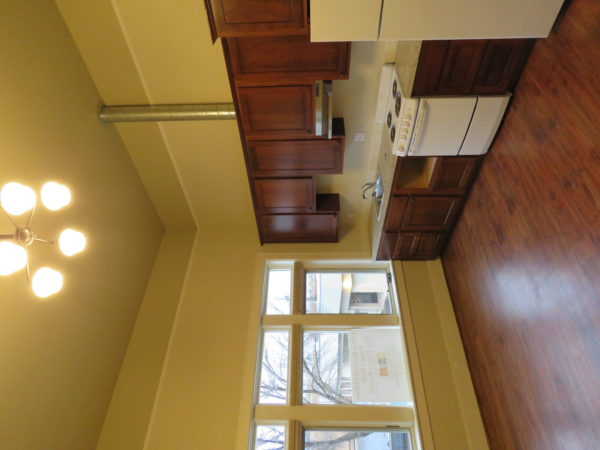
Mammen has re-purposed the second floor to accommodate four market-rate apartments which take advantage of natural light and historic features while adding new, energy-efficient appliances and up-to-date fixtures.

